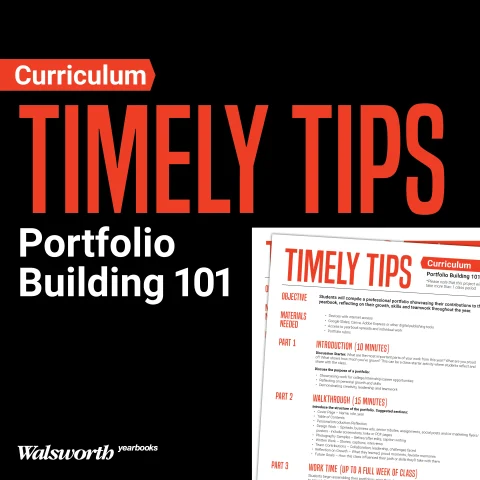Journalistic writing style is different from writing done in English class and for business. To teach journalism style, you may incorporate the Associated Press (AP) Stylebook since it is the standard for journalists everywhere. While your student journalists will only use parts of it, there are still certain journalistic spellings and punctuation they should know. Here are five of the more common mistakes in any type of writing. Knowing the differences should help most students inside and outside of their journalism classes.
1. Use proper state abbreviations in copy, not Postal Service abbreviations.
Here is a little snail mail history: When the U.S. Postal Service introduced ZIP codes in 1963, they also brought out new two-letter state abbreviations. These are used on envelopes, not in copy unless you are giving an address. Think of it this way – if you need to use a ZIP code, use a two-letter, all-caps, Postal Service state abbreviation. Otherwise, use AP-style state abbreviations: She lives in Sacramento, Calif. Send her mail at 124 Main St., Sacramento, CA. (More history: ZIP is an acronym for “Zoning Improvement Plan.” All three letters are capitalized.)
2. Know your ante meridiem and post meridiem.
When denoting time, use a.m. and p.m., lowercase, no spaces and with periods. These are abbreviations for ante meridiem (before noon) and post meridiem (after noon). Do not use AM, A.M. or am. Avoid redundancy by not adding morning, afternoon, evening or night when you use a.m. or p.m.: The party will start at 8 p.m. tonight. And if you always say noon and midnight, you will never have to worry about whether 12 p.m. is noon or midnight.
3. Write dates for the printed word.
Not only is journalism style different from English writing style, it is also different from speaking style. We say June first, but write it “June 1.” So drop the st, nd, rd and other sounds, and just use numbers for dates.
4. Ampersand is not a word.
Write the word “and,” not the symbol &, called an ampersand. Only use an ampersand when it is part of a formal name, such as Bed, Bath & Beyond.
5. Serial commas: Resist the urge.
Items listed in a sentence are separated by serial commas. In journalism, a comma is not used before a conjunction, such as “and,” as in: When I go to my favorite fast-food place, I order a cheeseburger with the works, fries, lemonade and a milkshake. An exception is lists that are phrases, and the comma is needed for clarity. The AP Stylebook says one way to determine whether a comma before the conjunction is needed is if the items you are listing have an “and” in them: When I go to my favorite fast-food place, I order a cheeseburger with the works, one large order and one small order of French fries, and a chocolate and vanilla twist milkshake.
However, tell your students to take that comma with them to English class, where they will need it before their conjunctions.



